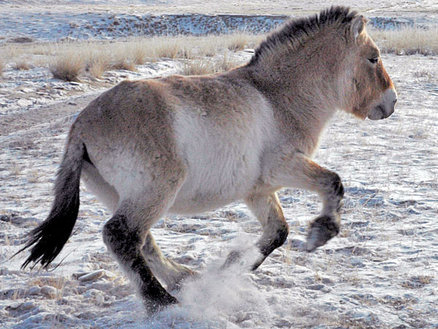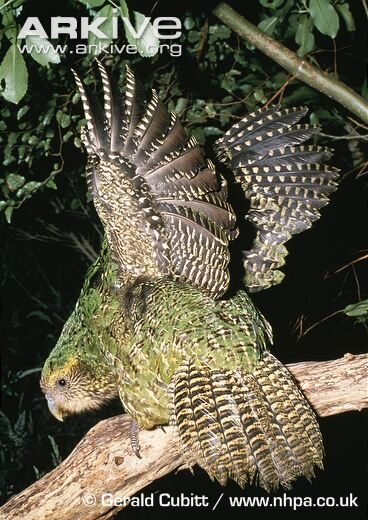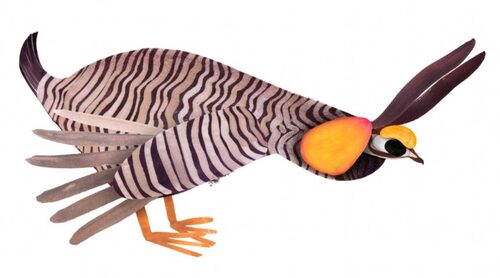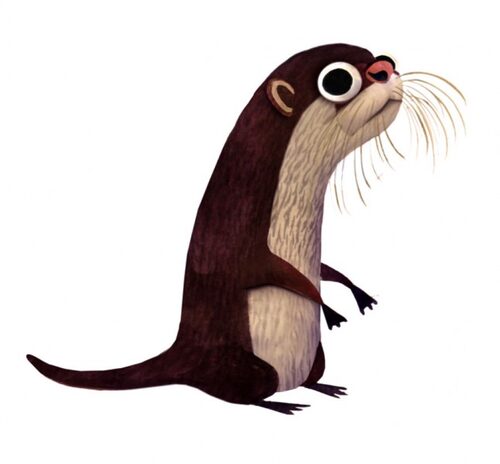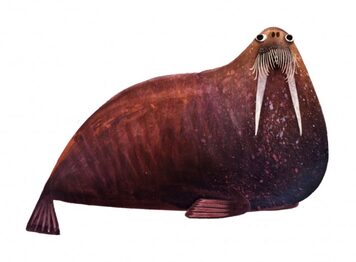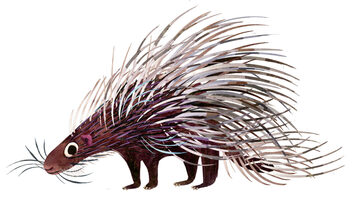WELCOME TO SPIRIT HORSE DRUM SONG
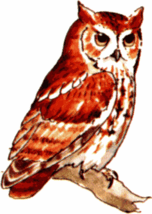
 Hello there. My name is Kathryn LaMar. I am now enjoying building and expanding a second career, doing something completely different--becoming a drum-circle facilitator! I currently lead four ongoing spiritual and health & wellness circles, and completed the Remo HealthRHYTHMS protocol training (trained by Christine Stevens and Barry Bittman in February 2012), and the Healing Rhythms Teacher Training (trained by Christine Stevens in March 2012). In addition, I have taken Kalani Das's Therapeutic Drumming Course for at least one session (July 2015).
Hello there. My name is Kathryn LaMar. I am now enjoying building and expanding a second career, doing something completely different--becoming a drum-circle facilitator! I currently lead four ongoing spiritual and health & wellness circles, and completed the Remo HealthRHYTHMS protocol training (trained by Christine Stevens and Barry Bittman in February 2012), and the Healing Rhythms Teacher Training (trained by Christine Stevens in March 2012). In addition, I have taken Kalani Das's Therapeutic Drumming Course for at least one session (July 2015).
To better guide my participants, I am currently studying hand drumming techniques with and Jim Greiner and Mary Ellen Donald. I have also studied with Fern Filner and John Waller, and have taken workshops given by several expert drummers and facilitators, including Mamady Keita. One of my favorite drum circles to attend is Drum Sundays, sponsored by Women Drummers International, where I have learned African rhythms from Mar Stevens and Afia Walking Tree, Mid-Eastern rhythms with Debbie Fier, and Conga techniques with Carolyn Brandy, among others.
My contact information is given on the Contact Page, and the circles I facilitate are described on the Circles Page of this website. The About Me page contains a fairly rambling iteration of my early education, previous work, and musical background. The Personal Drum Blog page contains a blog of the drumming experiences and ideas garnered from my classes and drum-circle participation.
I look forward to meeting you and accompanying you for a while on your drumming journey.
The owl pictures above are from Arthur's Clipart archive, and the beautiful Nigel Bean photograph of the Przewalski's horses below is from ARKIVE, an excellent resource for information on the endangered animals of the world.
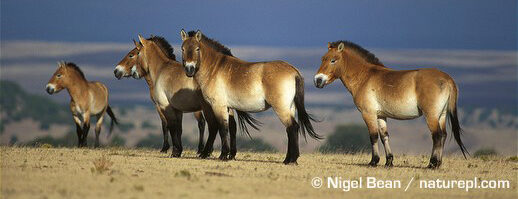
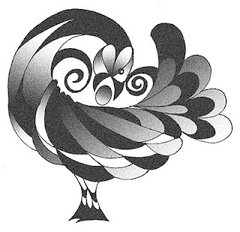
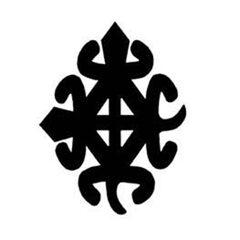 Spirit Horse Drum Song is the website I set up to share with people the wonderful world of drumming, drum circles, and rhythm! It's a new world to me, and the amazement and joy that each day brings are constant reminders of how many blessings we have already, and are to come.
Spirit Horse Drum Song is the website I set up to share with people the wonderful world of drumming, drum circles, and rhythm! It's a new world to me, and the amazement and joy that each day brings are constant reminders of how many blessings we have already, and are to come.
Symbols are deeply meaningful to me, so, following the meaning of the sankofa bird (the adinkra symbol above left), I'm incorporating into this site my life-long love of natural history as much as possible. Images of indigenous wild horses--especially zebras and quaggas, Przewalski's horses, and wild asses and onagers, as well as other animals for whose essence rhythm and sound are key--abound here. Explore, and enjoy your stay.
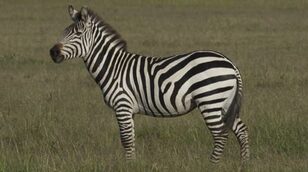 | 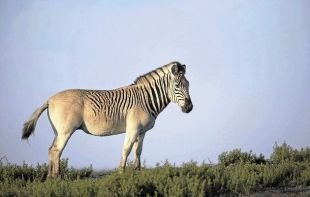 |
|
From Plains Zebra
To me, the story of the quagga means that the knowledge and wisdom of the past is not necessarily lost, and can be regained through careful study and keeping the mind open. |
To Quagga!
The quagga (shown above) was thought to have become extinct in the late 19th century (the last one in a zoo died in 1883). However, genetic analysis of the DNA of known quagga and other zebra species showed that quaggas had not been a separate species, but had been a color phase of the more common plains zebra. Through the Quagga Project, which began in 1986, by selectively breeding plains zebras that had the stripe and color patterns of quaggas, scientists were able to recreate the color variant, and today there are several quaggas in existence that breed true (i.e., their offspring also look like quaggas). |
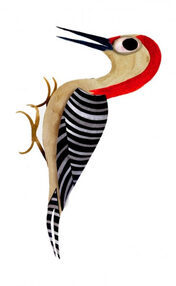
|
|
|
| Here is a picture of a Red-Bellied Woodpecker. Woodpeckers are champion percussionists, both skeletally and sonically. In traditional societies, woodpeckers represent the ability to go one's own way, to do what needs to be done. Are you a Woodpecker? This woodpecker picture is from the website of illustrator Brendan Wenzel. |
This is a picture of a Przewalski's Horse.
According to Michael Drake's shamanic drumming media, in the Mongolian tradition, the spirit horse carries healing through the underworld to wherever it is needed. The Przewalski's Horse is a wild horse indigenous to Mongolia! It became extinct in the wild during the early Twentieth Century, but recently has been successfully reintroduced into its former habitat. Perhaps one of these horses will carry healing to you, or perhaps you can help him bring healing to those who need it! |
|
This is a photograph of a kakapo, a highly endangered, large, flightless parrot indigenous to New Zealand, whose subsonic mating call can be heard for distances up to 5 km (photo and information from the quite-excellent Arkive website). Do not let your drumming rituals become endangered.
|
|
Here is a prairie chicken (also from Brendan Wenzel)! Anyone who has ever been on a prairie in the spring can attest to their drumming ability! Let your drumming ability fly!
|
Here is an otter (actually, an Oriental small-clawed otter, also from Brendan Wenzel)! Otters love to play. And you, too, will love to play your drum. Get one (or some), and play on!
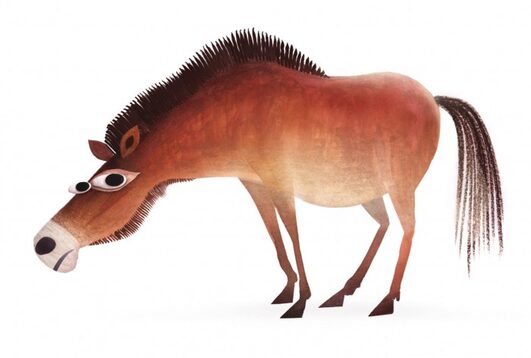
Above you will find Brendan Wenzel's picture of a Przewalski's Horse, and below you will find his depictions of an Atlantic Walrus (they do indeed boom) and a Malayan Porcupine (which I'm pretty sure rattles as much as the North American variety). Don't you agree that Wenzel's pictures evoke the humor and whimsy of percussion, drumming, and rhythm?
|
|
|

